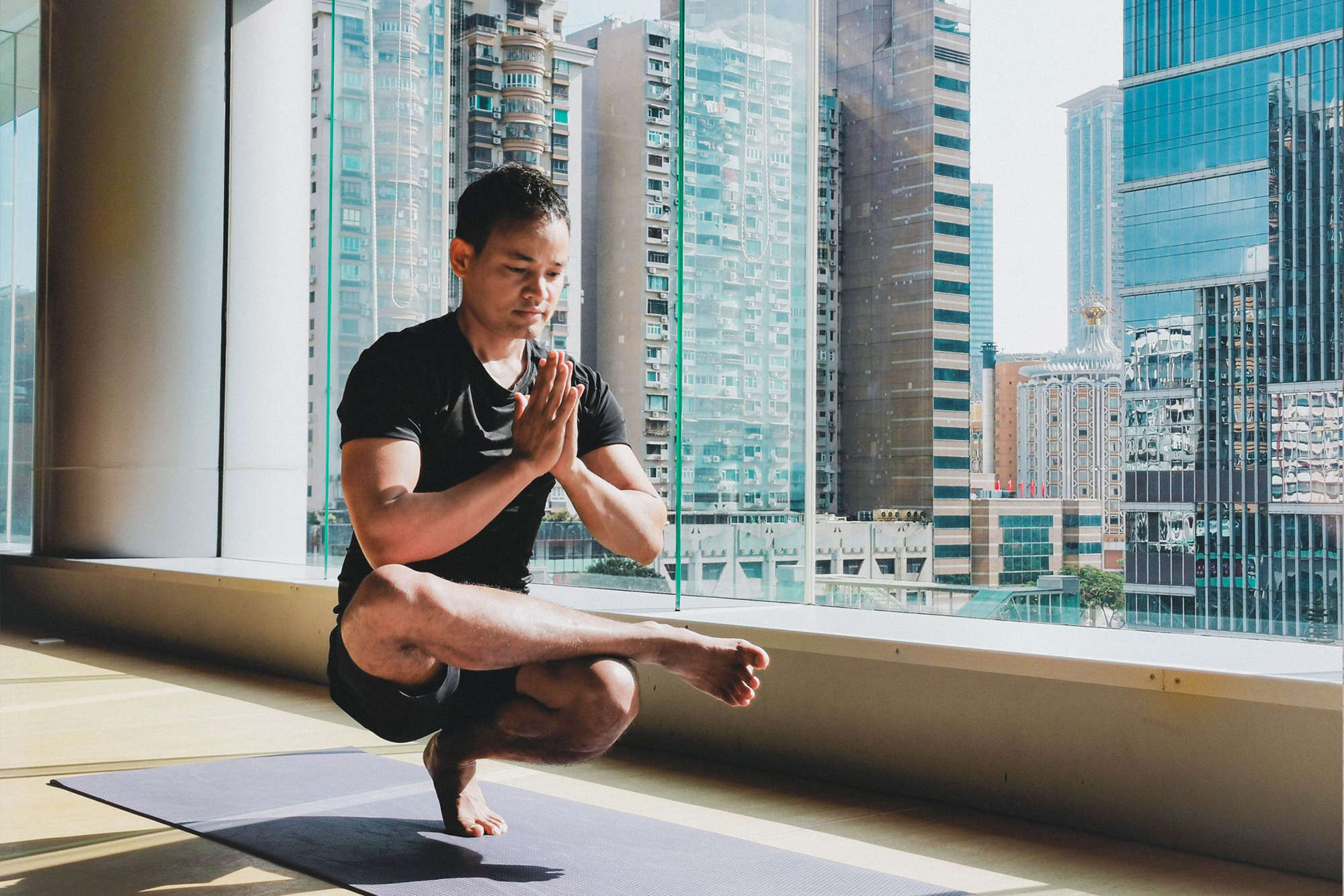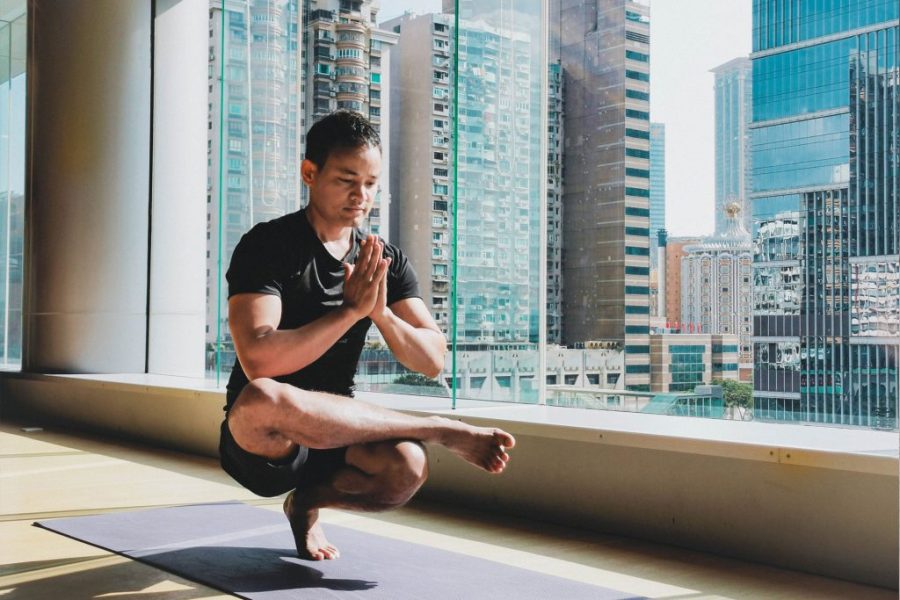With the pandemic impacting so many lives all over the world, it has had adverse effects on many people’s mental wellbeing. This year, International Day of Yoga will focus on ‘Yoga for well-being’, bringing to the forefront yoga’s ability to promote both physical and mental well-being.
We spoke to yoga instructor Virendel Badwal – Viru for short – on why yoga matters for the mind and body. Teaching at Macao Fitness for nearly four years, he shares that while he likes all forms of yoga, his favourite is Ashtanga – Mysore style – because of its added challenge. “But I love teaching other kinds of yoga classes – Hatha yoga, vinyasa yoga, and special courses based on specific needs. Like Inversions, splits.”
Viru continues, saying that most people think yoga is simply exercise. However, there’s more to it than just that as it is also a way for ‘you to understand yourself’ and for one’s ‘physical health’ and ‘mental state’. “First, know yourself. Then you can understand others better. So it will balance society, creating ‘one-ness’,” he says.
While there are many postures in yoga – ‘some easy, some advanced’ – Viru says that advanced and difficult yoga practices should be done under a teacher’s guidance. However, there are some easy yoga poses anyone can try if they don’t have any pre-existing conditions:
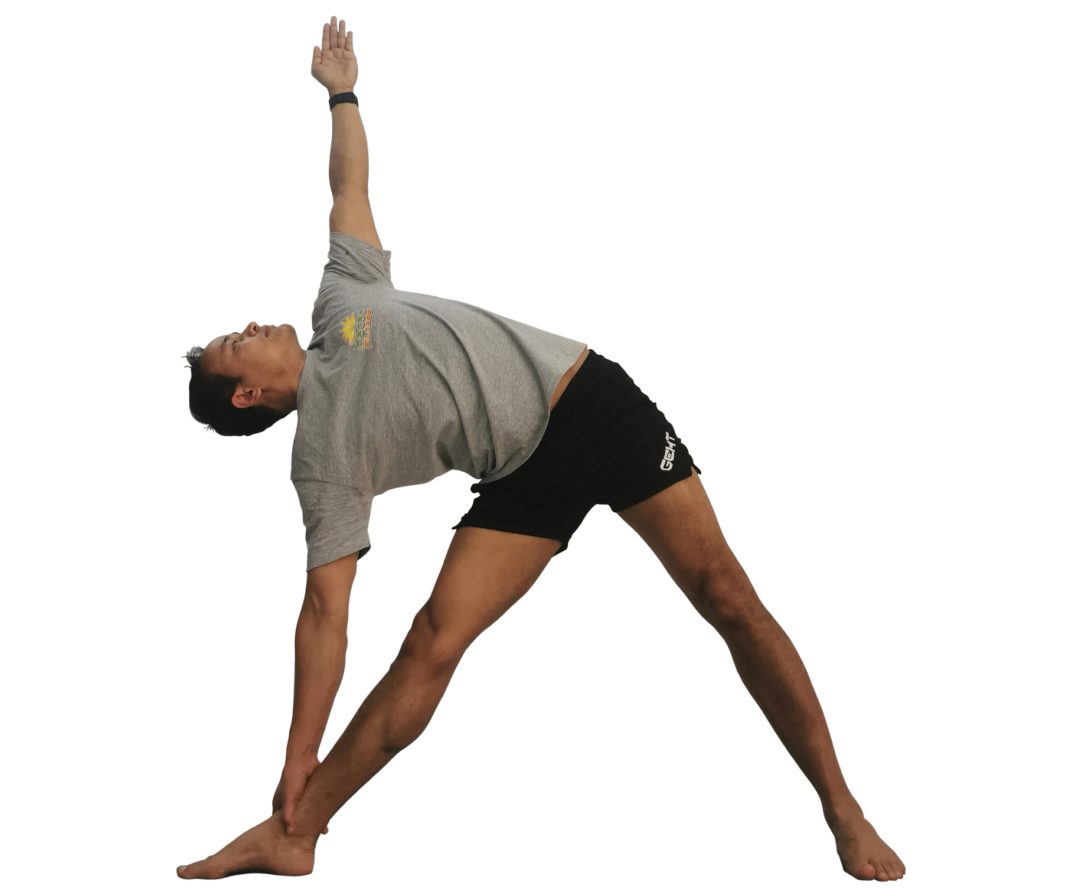
Triangle Pose
Stretches and lengthens the spine.
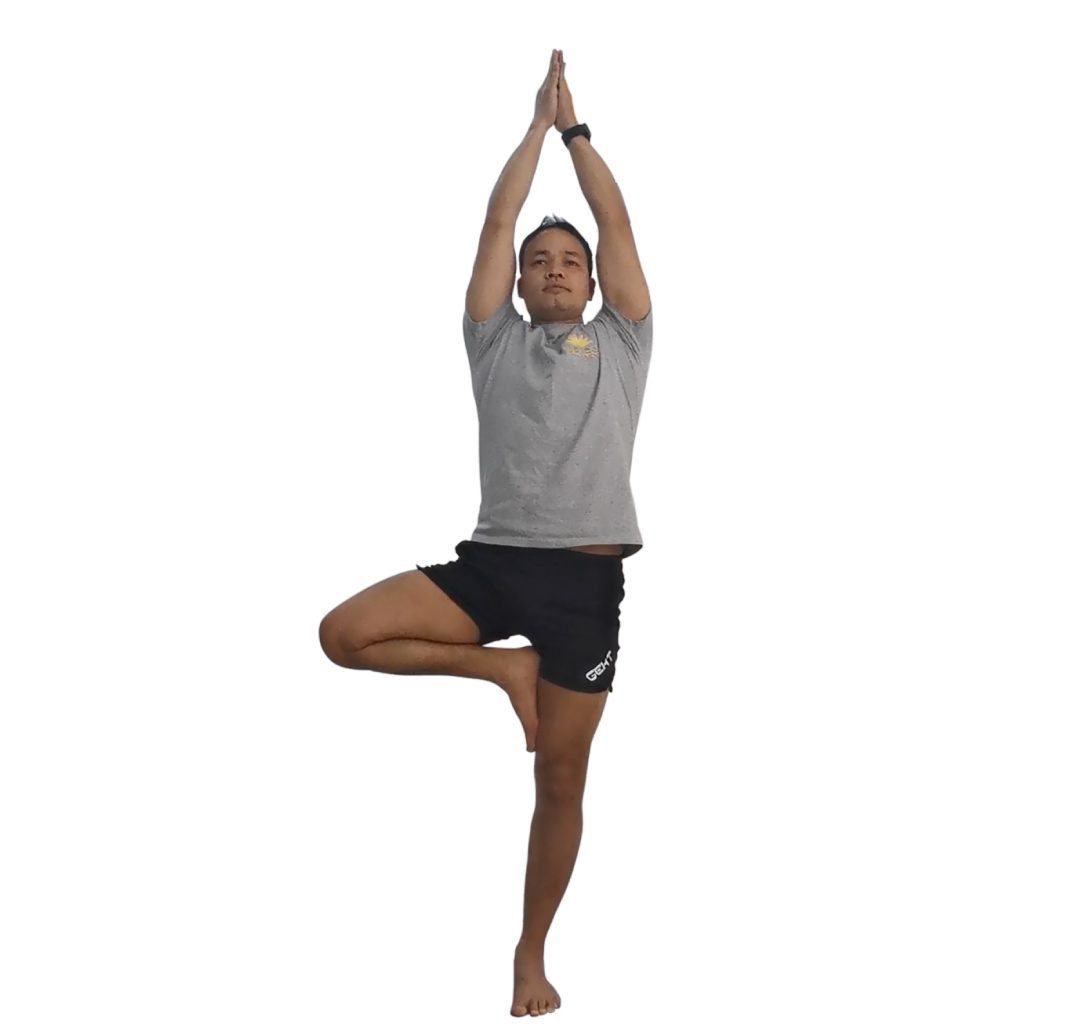
Tree Pose
Helps with balance and endurance.

Seated Forward Bend Pose
Stretches the spine, shoulders and hamstrings.
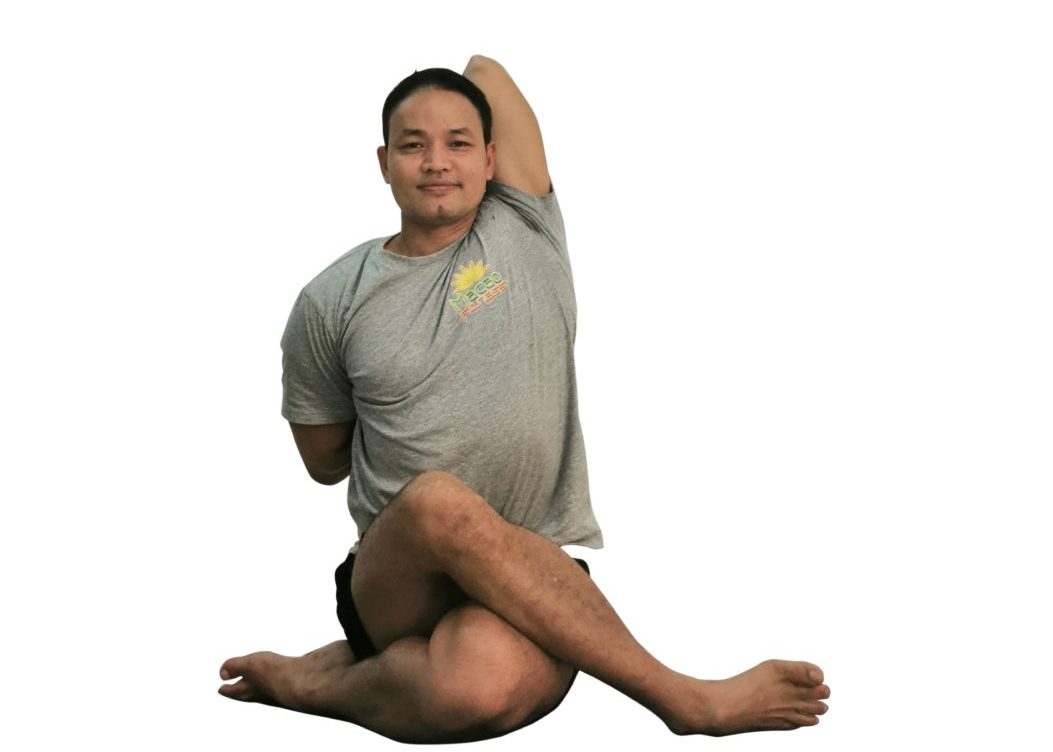
Gomukhasana
Stretches the gluteus maximus and opens the shoulders, increasing the range of motion from your shoulder joint.
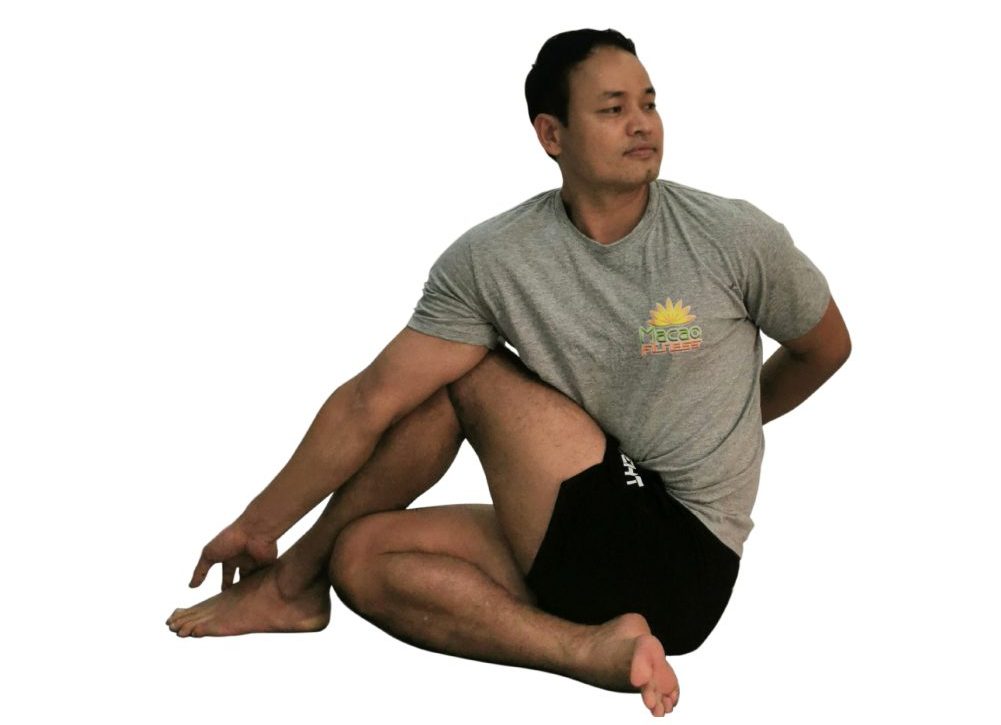
Ardha Matsyendrasana
Strengthens and tones obliques and abs; increase the flexibility in spine and hips.
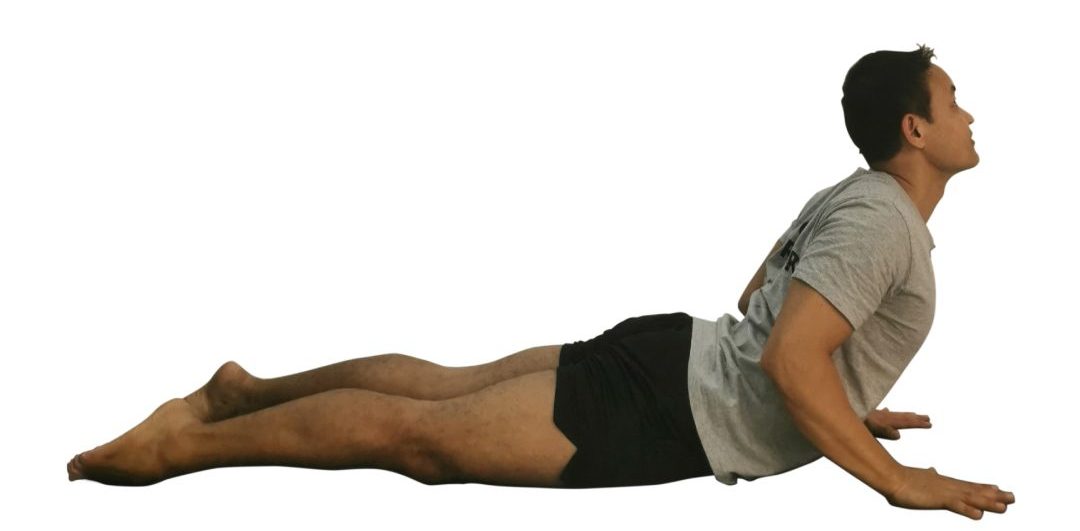
Cobra pose
Strengthens the spine while soothing sciatica [pain that radiates along the path of the sciatic nerve, which branches from your lower back through your hips and buttocks and down each leg].
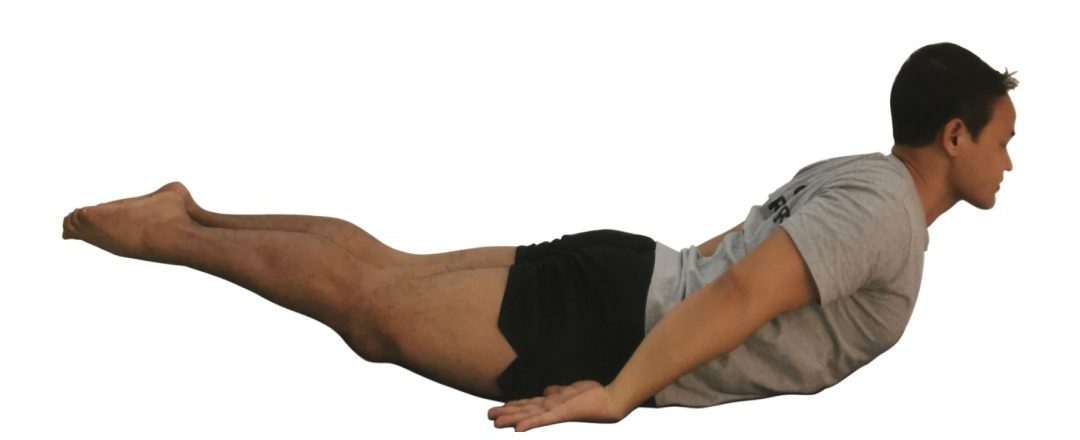
Locust pose
Strengthens the lower back, pelvic organs, legs, hip joints and arms.
